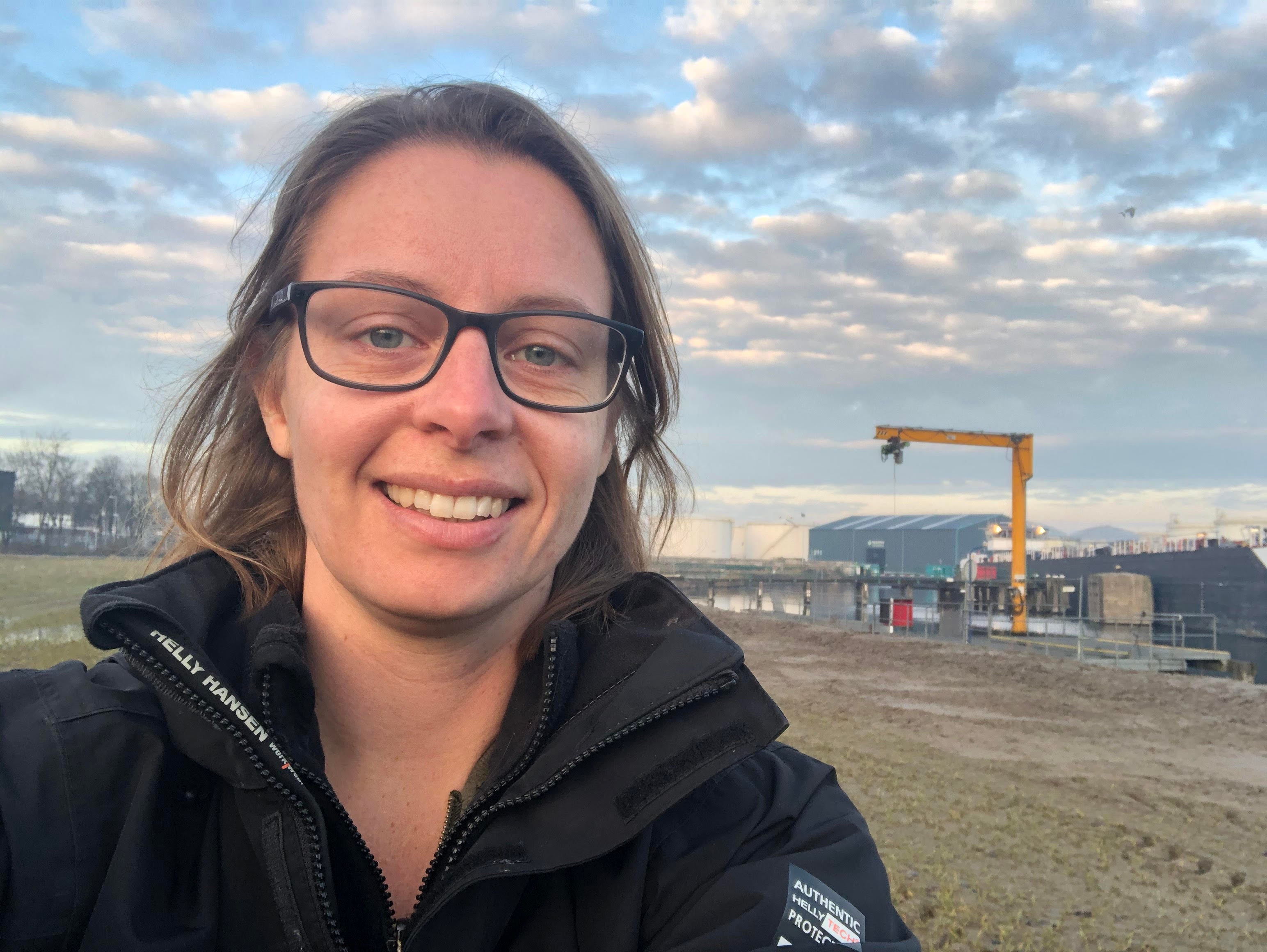“Even as a child, I had a fascination with the Earth. Although, I didn’t realise this at the time, growing up with geologists as parents. On holiday, they would often look for stones and fossils, which was the most normal thing in the world to me. It was only in the final years of secondary school that I got more involved in it. I thought it was a pity that geography as an elective subject didn’t fit in the schedule for my science subject cluster.”
“The Master’s programme in Earth Sciences was a perfect match for what I liked at the time; exploring geology in more depth and on a large scale. It was a way for me to get even more involved with the Earth, without becoming a specialist. What's more, I had the opportunity to experience the practical side of geology by doing an internship and conducting research that was really needed at the time outside the academic world. I found several different courses interesting. ‘Precambrian geology’ was really special because it included an excursion to Western Australia that was supervised by the local Geological Survey. There were also students from Leiden University with other disciplines such as biology and physics. Interesting because they had different perspectives on the origins of life. I also found ‘Geology of the Netherlands’ very interesting because it gave us insight into the origins of this region.”
“I also did a lot of things for the study association ‘GeoVUsie’. There was always a very friendly atmosphere at VU Amsterdam and in the student lounge at GeoVUsie. That also makes it fun to organise and engage in activities together, such as organising an excursion to the South of England. I enjoyed putting together a nice programme as well as the practical aspects of arranging transport and accommodation.”
“Now I work for the Port of Amsterdam where I'm a project manager in the Infrastructure and geo-information team. The port also includes a large industrial area, where various companies are establishing an office or relocating elsewhere. For Westpoort to function properly as an industrial area, the right infrastructure is important, such as ensuring that a company has a road to its new office or a quay for mooring ships. It is also important to be able to deliver sites that are ready for construction, after first carrying out soil decontamination work. As project manager, I’m responsible for executing these kinds of projects. In doing this, I still come into contact with the subsoil and its history on a daily basis. All the previously created channels and trenches result in a much weaker subsoil. That makes a huge difference if a quay has to be designed in such a place. It may not be geology directly, but it involves translating the bigger picture into local phenomena that you encounter, and ultimately using that to make the right decisions. Fortunately, I also get to be outdoors regularly, no longer with a hammer, but it is still very useful to look at things with your own eyes.”
Lieke de Jong, Project manager at the Port of Amsterdam
After graduating with a Bachelor's degree in Earth Sciences, Lieke de Jong also obtained her Master's degree in Earth Sciences at VU Amsterdam in 2009. She now works as a project manager at the Port of Amsterdam.

“I want to keep on learning and continue broadening my horizons. Learning never gets boring.”